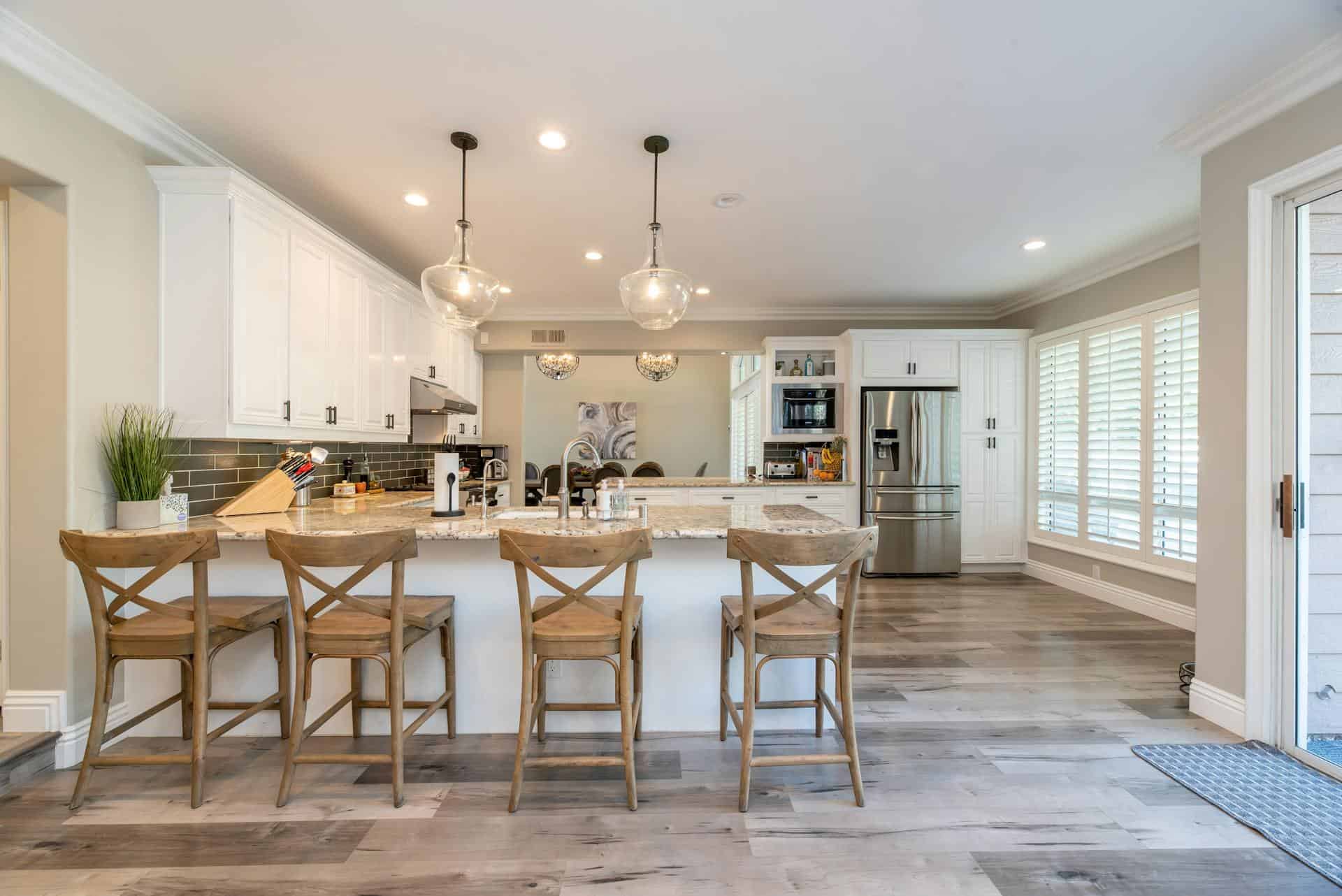
Question: What Is The CM Rule For The Kitchen Triangle?
Answer: The CM rule for the kitchen triangle is the triangle’s sides should total between 366cm and 610cm, with no single leg shorter than 122cm and no leg longer than 274cm, for optimal workflow.
The Kitchen Work Triangle Basics
The kitchen triangle connects your refrigerator, sink, and stove. This design principle promotes efficiency. The CM rule, or centimeter rule, offers specific guidelines for optimizing this important kitchen workspace. Learn how this simple concept can improve your kitchen’s functionality and flow.
The CM Rule Explained
The CM rule defines ideal distances between the three points of your kitchen triangle: the refrigerator, the sink, and the stove. Each leg of the triangle, representing the distance between two of these appliances, should measure between 120 cm and 270 cm. The total length of all three legs combined should fall between 360 cm and 780 cm. This range allows flexibility for different kitchen sizes and layouts. Following the CM rule helps create a comfortable and efficient work area, minimizing unnecessary steps and maximizing productivity.
Click here for more information on cabinet refinishing Toronto
Related Article: Who Invented The Kitchen Triangle?
Related Article: What Is The Kitchen Triangle Rule In Feng Shui?
Adapting the CM Rule to Different Kitchen Layouts
The CM rule adapts to various kitchen layouts. In a galley kitchen, the triangle typically follows a linear path, with the appliances arranged along one wall or two parallel walls. L-shaped kitchens benefit from placing appliances at the ends and corner of the “L,” creating a natural triangle. U-shaped kitchens accommodate the triangle with appliances positioned on different sides of the “U.” Island kitchens can incorporate the sink or cooktop into the island, forming one point of the triangle, but careful planning ensures adherence to the CM rule’s distance recommendations.
Common Mistakes to Avoid with the Kitchen Triangle
Common errors can disrupt the effectiveness of the kitchen triangle. Placing appliances too close together creates a cramped workspace, hindering movement and efficiency. Excessive distance between appliances increases travel time and makes cooking more tiring. Obstacles within the triangle, like kitchen islands or tables, interrupt the flow and should be avoided if possible. Ignoring the CM rule guidelines often leads to a poorly designed workspace. Measuring and planning your kitchen layout with the CM rule in mind helps prevent these mistakes.
Beyond the Basics: Additional Kitchen Triangle Considerations
While the CM rule provides essential guidelines, other factors contribute to a functional kitchen. Consider traffic flow: minimize through-traffic within the work triangle. Account for the placement of essential utilities, like water and gas lines, as these dictate appliance locations. Optimize storage solutions near the triangle for easy access to cooking utensils and ingredients. Integrating these elements with the CM rule helps create a truly efficient and enjoyable kitchen workspace.
Conclusion
The CM rule offers a valuable framework for optimizing your kitchen layout. By adhering to the recommended distances and considering additional factors like traffic flow and storage, you can create a highly efficient and enjoyable cooking environment. Whether you are renovating or designing a new kitchen, the CM rule serves as a useful guide for creating a well-functioning and practical workspace.

Blue Malue Get in touch with Blue here.
